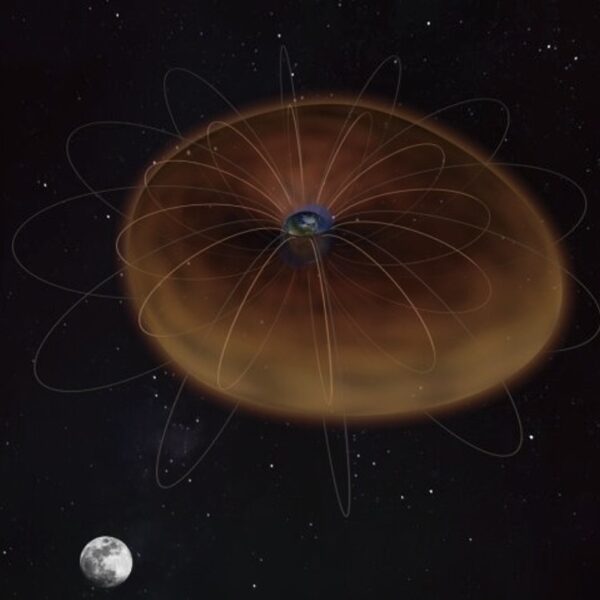
The moon exerts a previously unknown tidal force on the “plasma ocean” surrounding Earth’s upper atmosphere, creating fluctuations that are similar to the tides in the oceans, a new study suggests.
In the study, published Jan. 26 in the journal Nature Physics, scientists used more than 40 years of data collected by satellites to track the minute changes in the shape of the plasmasphere, the inner region of Earth’s magnetosphere, which shields our planet from solar storms and other types of high-energy particles.
The plasmasphere is a roughly doughnut-shaped blob of cool plasma that sits on top of Earth’s magnetic field lines, just above the ionosphere, the electrically charged part of the upper atmosphere. The plasma, or ionized gas, in the plasmasphere is denser than the plasma in the outer regions of the magnetosphere, which causes it to sink to the bottom of the magnetosphere. The boundary between this dense sunken plasma and the rest of the magnetosphere is known as the plasmapause.
“Writer Fuel” is a series of cool real-world stories that might inspire your little writer heart. Check out our Writer Fuel page on the LimFic blog for more inspiration.

